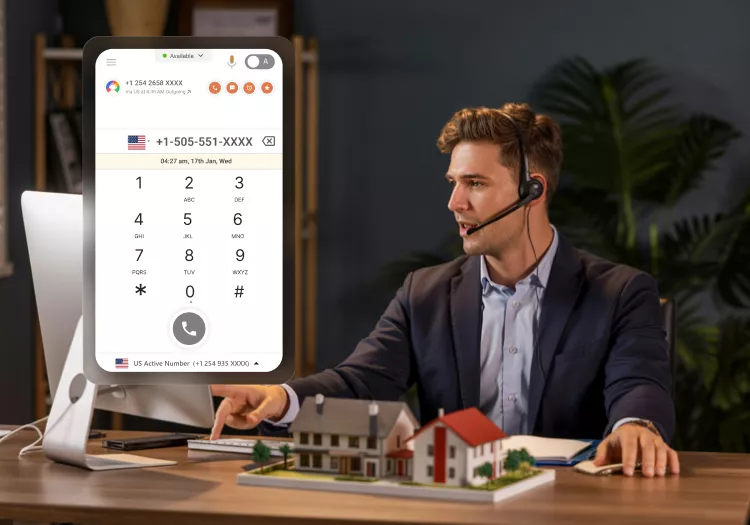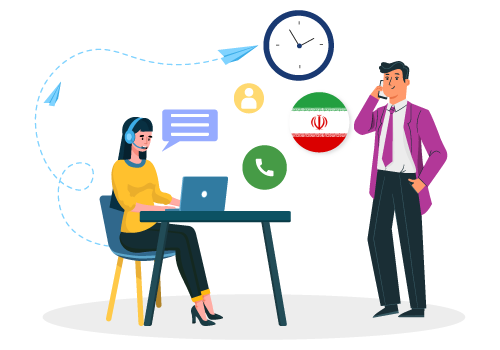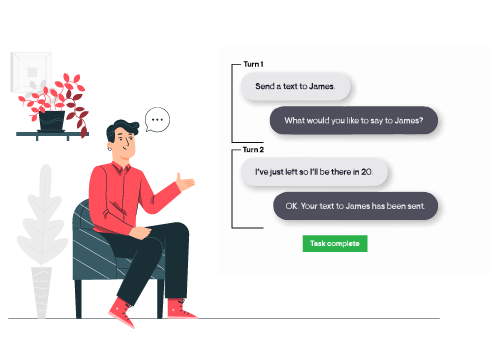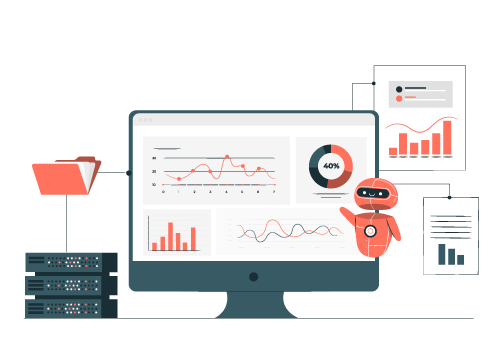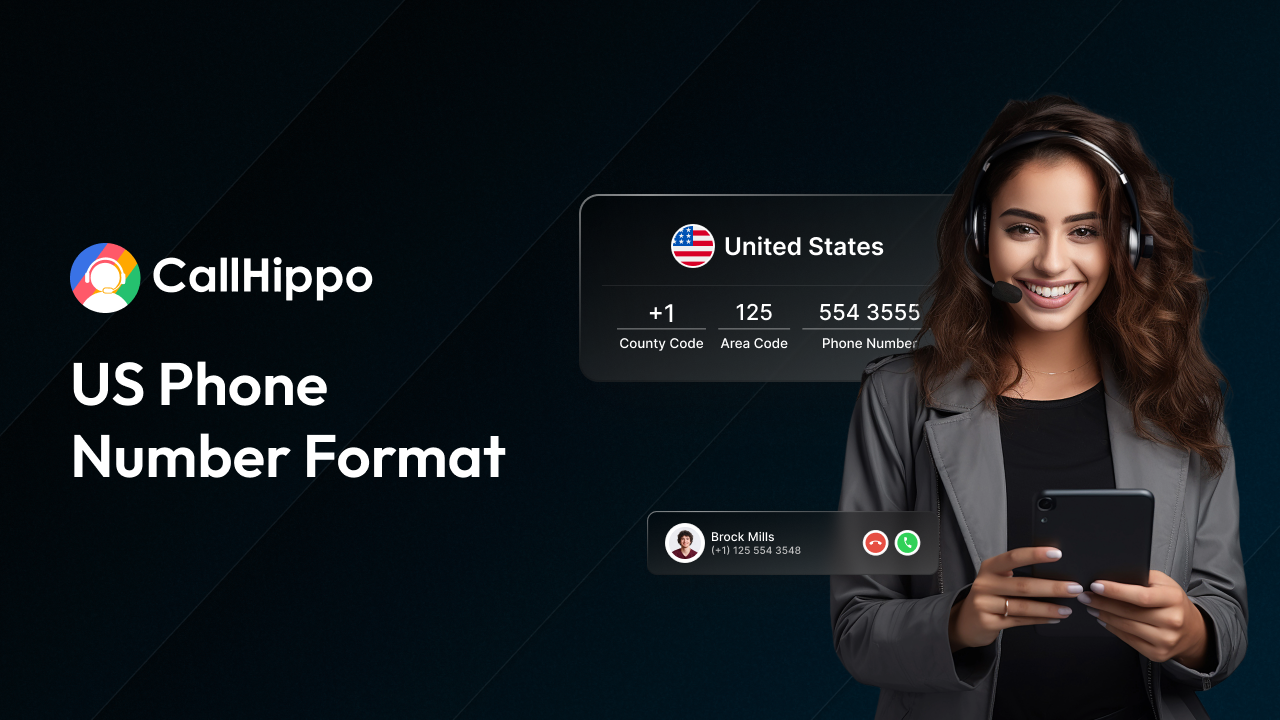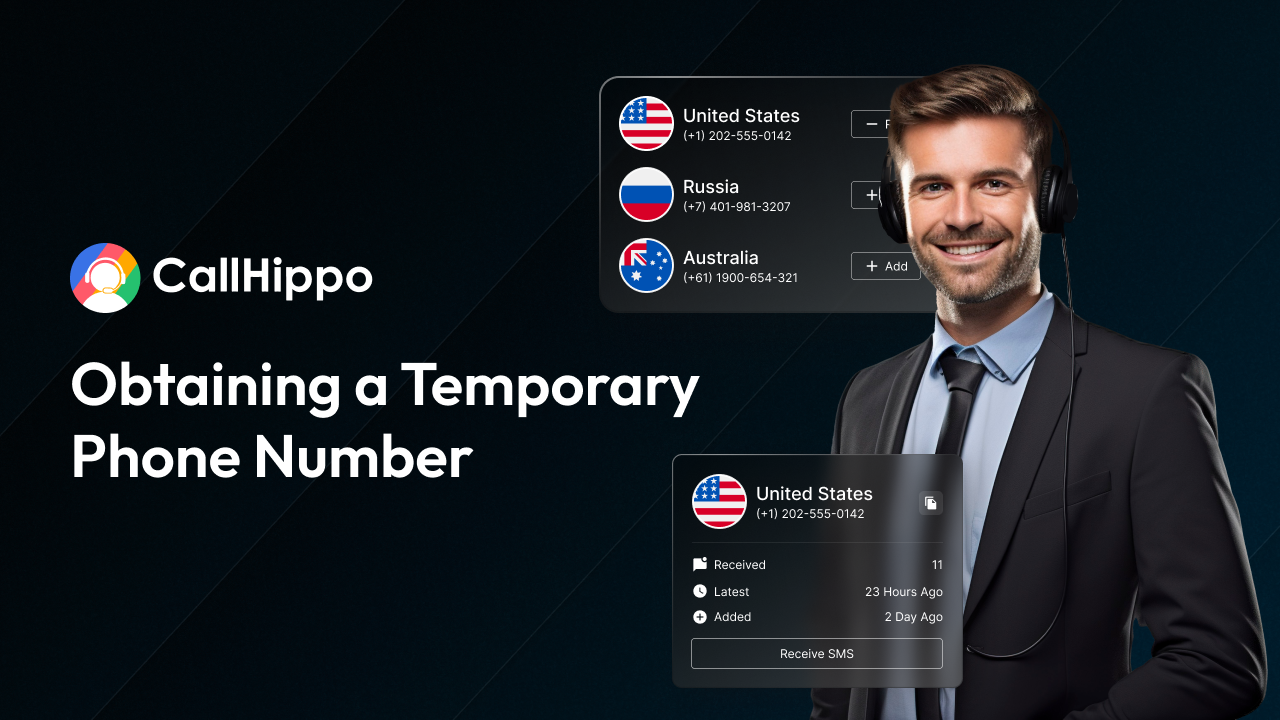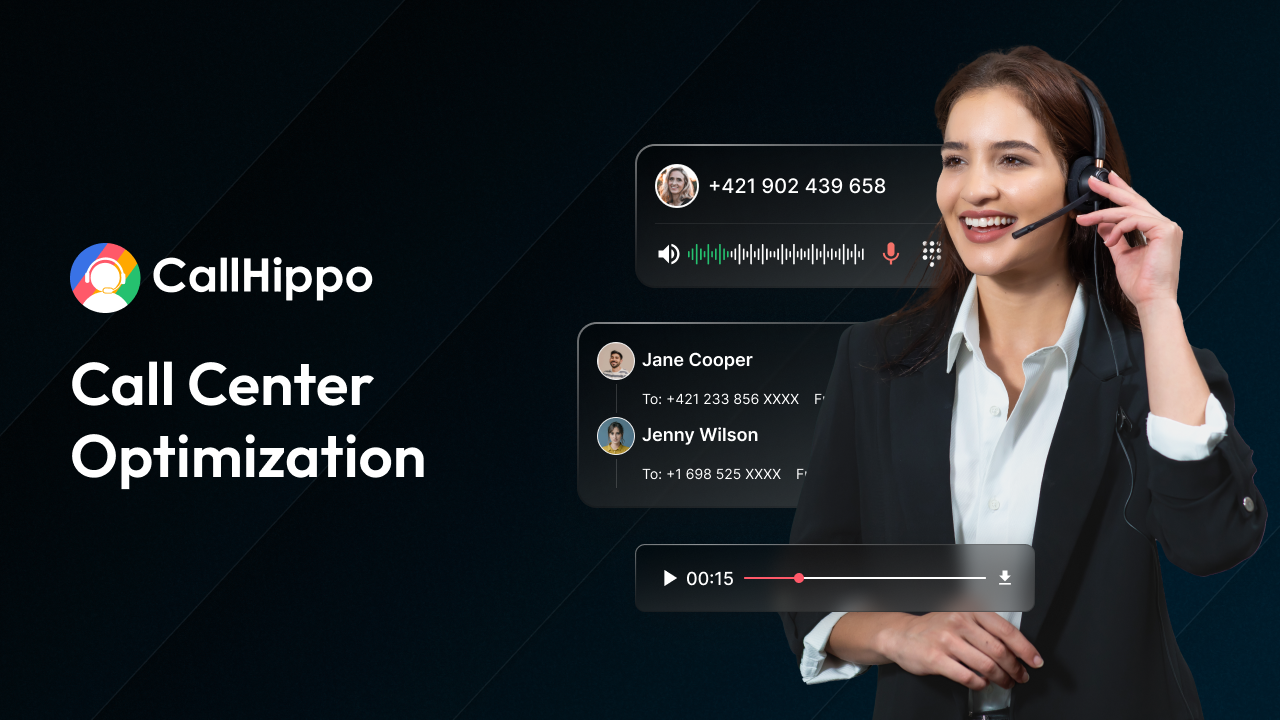Featured Article

How To Call USA From Ireland? A Step-by-Step Guide
Having friends and family living in the US? Or, are you planning to expand your business overseas? Either way, it has become easy to make international calls without having to worry about calling costs. By sitting in Ireland, you can get...
How to Forward a Voicemail on Landline, Mobile and Computers?
Is your business also facing the issue of calls getting dropped? If yes, ...
Customer Experience Marketing: How to Build a Winning CX Strategy
Here's the reality: bringing in a new customer costs five times more than ...
10 Best Mitel Alternatives & Mitel Competitors (Expert Comparison)
Many teams that use Mitel eventually feel the need for something lighter. Not ...
- Small Business
- VoIP
- Call Center
- Customer Service
- How to Call
- AI
Set Up Your Phone System In Less
Than 3 Minutes
From buying a number to making the first call, all it takes is 3 minutes to set
up your virtual phone system.
- 1Buy Numbers
- 2Add Users
- 3Start Calling
- 4Track Calls

















